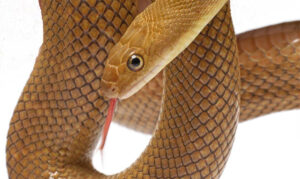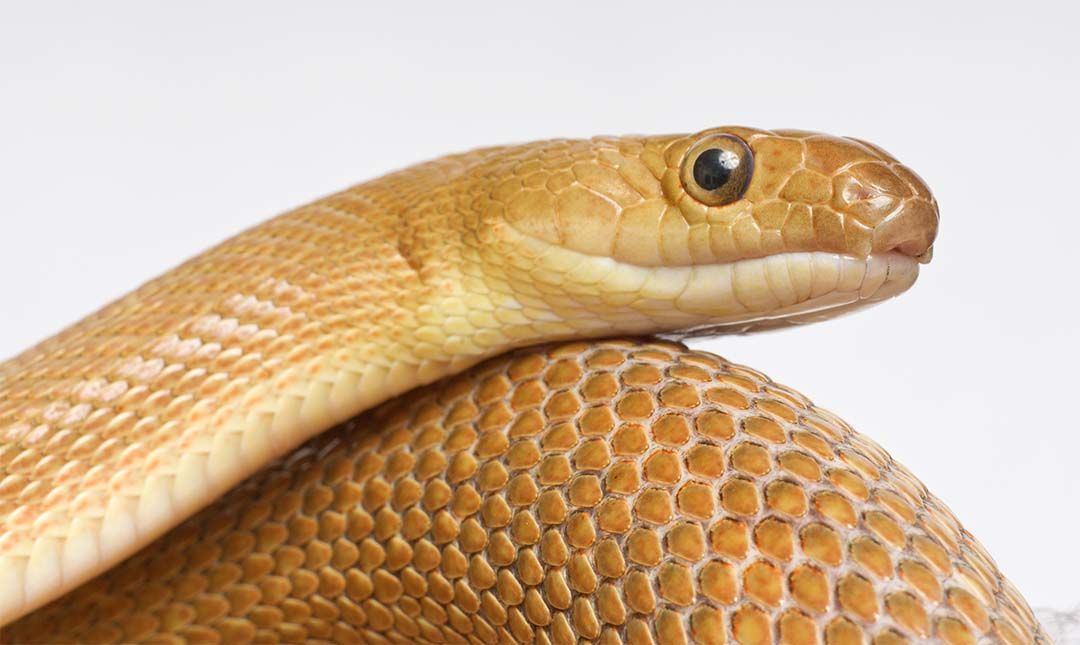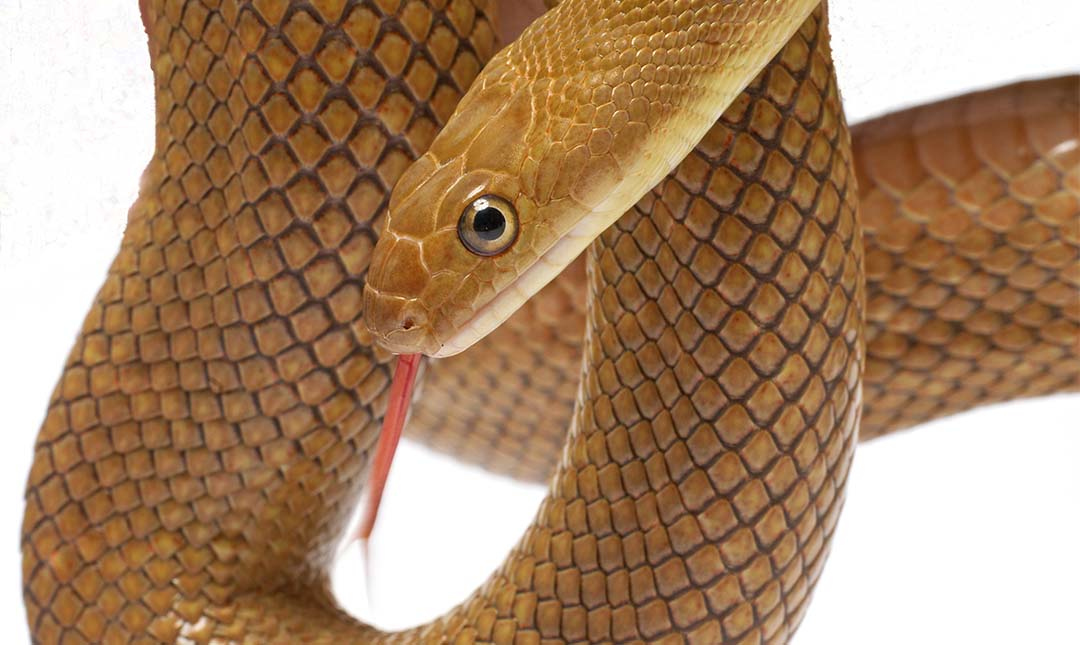About
The Baja California ratsnake is a nonvenomous snake. It is secretive and nocturnal. Little is known about this reptile’s natural history. Rarely observed, it is avidly sought after by collectors.
Ratsnakes are medium to large snakes that kill by constriction. They squeeze their prey to death and swallow it whole, headfirst. They are generally not a threat to humans. When threatened, they may vibrate their tail and discharge a foul-smelling musk. While ratsnakes do not have fangs, they do have many small teeth, and they may strike repeatedly if threatened. Ratsnakes play an important role in the ecosystem by controlling rodent populations. Sometimes, ratsnakes may continue to hunt after killing but before eating their prey. Masked in the prey’s scent, they are less likely to be detected and can amass several rats to eat in a single meal. Ratsnakes are ambush predators, but they will also actively search for prey.
There was a time when it was thought all ratsnakes were related, but new studies seem to show that North American ratsnakes may be more closely related to kingsnakes than they are to Old World ratsnakes of Europe and Asia. Scientists and researchers continue to debate the issue.
Most Baja ratsnakes are of uniform color that can range from brown/orange to a light beige. They are medium, slender snakes with a long head, large eyes, round pupils, and smooth dorsal scales. Adults reach an average of about four feet but can grow longer.
They are primarily active from dusk until dawn, late February through October, but are occasionally observed during the day. It is thought they are good climbers, using a ridged scales that help them grip rocks and possibly trees.


Habitat
Typically found in dry, rocky habitats in Baja California, Mexico, including canyons, thorn scrub, palm groves, springs, and streams. While a single Baja ratsnake was found in Imperial County, California, it is unclear whether this snake is a native California species or if it was captured in Mexico and released locally. The California Department of Fish and Game Habitat Conservation Planning Branch recommends intensive surveys of habitats with shrubs or trees in Imperial and San Diego counties to determine whether this snake is really part of the herpetofauna of California.
diet
Rats and other small rodents, bats, and lizards.
physical characteristics
Body length averages three to four feet. Lifespan in the wild is not known. In human care, they can live over ten years.
Location Within the Zoo
You’ll find this animal in the Desert LAIR. See Zoo Map.


